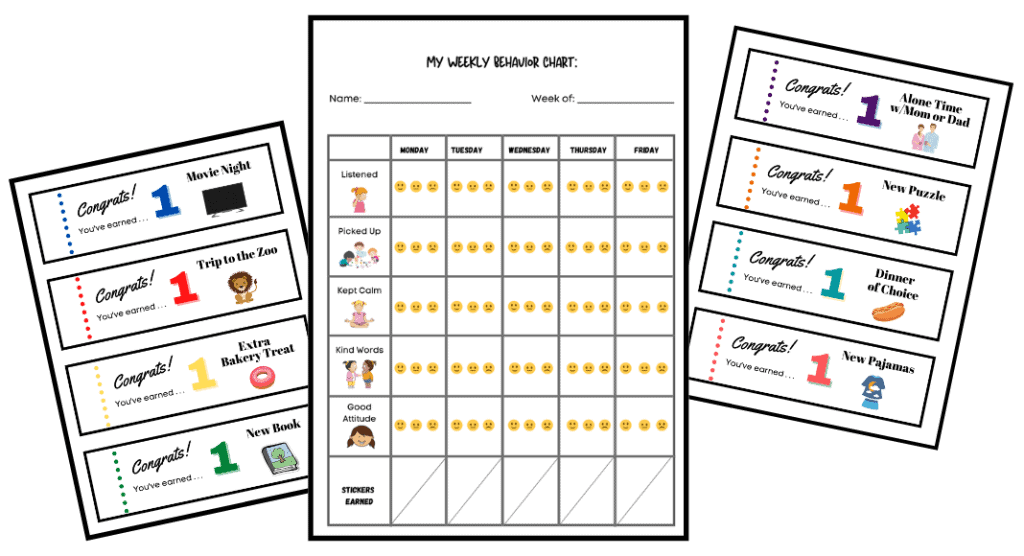
As we are about to embark on our homeschool preschool journey, I knew I needed a system to incentivize my three-year-old. After a lot of research and time spent looking at different types of behavior reward charts, I narrowed down the behaviors I knew I wanted my daughter to focus on the most. From there, I created my own preschool behavior reward chart featuring a two-tier reward system. The chart as well as the reward coupons are FREE to download below (no sign-up required!) and are also customizable.
UPDATE: The behavior chart worked very well! My daughter tended to evaluate herself harder than I did. There were definitely some days she only earned one sticker and only one time did she not earn any. Not getting her small daily incentive absolutely had an impact on her. The weekly rewards were a huge hit (when she earned them). I found that after about four months the chart was no longer necessary as she got the hang of homeschool preschool and I slowly phased it out (which was awesome)!
One year later my second daughter also completed a year of homeschool preschool and never needed a behavior chart. She loves school and has a much calmer temperament. Please remember that every student is different and what works for one child might not work (or be needed) for another.
Behavior Chart Research
Many charts I looked at while trying to figure out exactly what I wanted were for whole classroom management. Often a child’s name would be written on a clothespin and moved from the “good behavior” sections to the “bad behavior” sections.
I didn’t want to use this type of chart for many reasons. Mainly, I am not supervising a classroom full of kids so I am able to give more one-on-one direction and attention. Furthermore, I want my daughter to know specifically what behaviors she did well with that day and what behaviors she needs to improve on instead of rating her behavior as a whole.
Read More: How to Organize an Affordable Homeschool Preschool Space
In addition, when it comes to rewards I learned I want to stay away from puffballs, junky prizes, and edible treats. Instead, I want the rewards to be more meaningful. The “caught you being good” reward system doesn’t work for me because I want to be able to discuss the same behaviors each day during reflection time.
I also didn’t want to waste a bunch of paper and stickers by having a daily sheet filled with stickers. The weekly sheet I developed can work towards a bigger goal and both the student and teacher/parent(s) can easily see progress from week to week if you save them. You can even write comments and examples of behaviors on the back of each chart to hopefully see improvement.
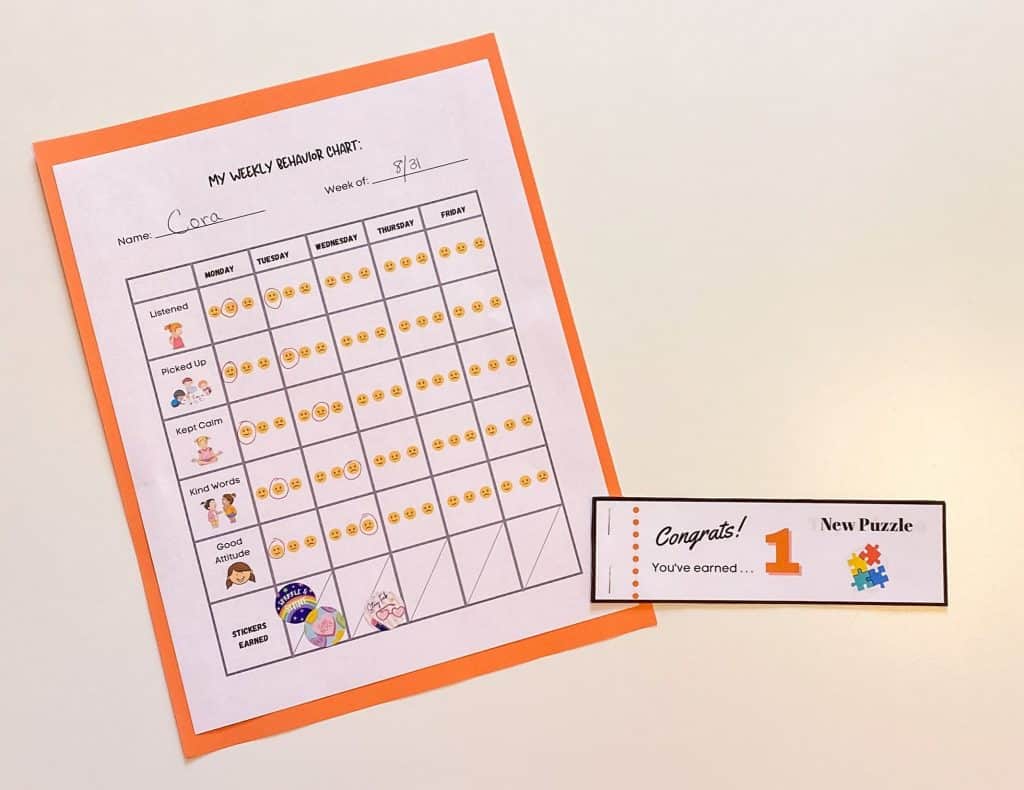
Measured Behaviors
While researching, I read over and over again that the wording of the rules/guidelines/behaviors should be phrased in a positive way. Plus, I already knew this from years of teaching child development but it is always a good reminder.
Instead of saying or writing out the rule “No Whining”, it can be phrased in a more positive light. For example, “Have a Good Attitude”.
For this age, it is also important to limit the “rules” to just a few items.
With this preschool behavior chart, I selected behaviors I most need my individual daughter to focus on at this point in time. I may change the chart as we go. I like that I can individualize the behavior reward chart to her specific needs.
How the Behavior Reward Chart Works
This is a two-tier reward chart. Each day the child can earn a small daily reward while simultaneously working towards a larger weekly reward.
Again, after doing a lot of research, I was reminded that at this young age preschoolers need immediate gratification. A two-tiered reward system works great for this!
Daily Reward
For each day and goal, there is a smiley, neutral, and frowny face. At the end of each preschool day, my daughter and I will reflect together on what “face” we think she deserves for each behavior. Ultimately, as the teacher, it is my decision but by discussing it and giving examples my hope is that she will understand why she earned the specific “face”.

Each day a student can earn up to two stickers. A smiley face counts for two points, neutral faces count for one point, and sad faces earn no points. If your preschooler earns between 8-10 points, he/she receives 2 stickers for the day. If 5-7 points are earned, he/she receives 1 sticker for the day. Less than 5 points equates to 0 tickets for the day.
If the preschooler earns two tickets in a day he/she is rewarded with the daily reward. Again, this is completely customizable to the child. What will motivate your child the most? Is it a special treat, a little extra TV time, staying up slightly later, reading an extra book, etc. The reward can also change as often as you see fit.
My daughter’s daily reward is going to be 10 minutes of Ipad time. She has never played games on an Ipad before and I know this will be a huge incentive for her. I also know she will be extremely disappointed if she doesn’t earn her Ipad time each day. Obviously, the Ipad time will be used for playing educational games (win-win for me!).
Reminder to keep the daily reward small! The ultimate goal is to be working towards the big reward at the end of the week.
Weekly Reward
The weekly behavior reward should be the big one. Ultimately, you want to stop having to provide daily rewards and just have students work towards larger privileges as they get older.
Again, customize the rewards to best suit your child. You can choose the reward of the week (depending on the weather, your family’s plans, etc). Otherwise, if you have flexibility, give your preschooler a weekly reward coupon book that he/she can choose from each week. Your preschooler will love getting to make the choice himself/herself.
I plan on changing the rewards depending on the seasons. For example, in winter I might add a weekly reward option for a sledding/hot chocolate day or a “Bake Christmas Cookies of Your Choice” coupon.
To earn the weekly reward, a child has to have between 8-10 stickers.
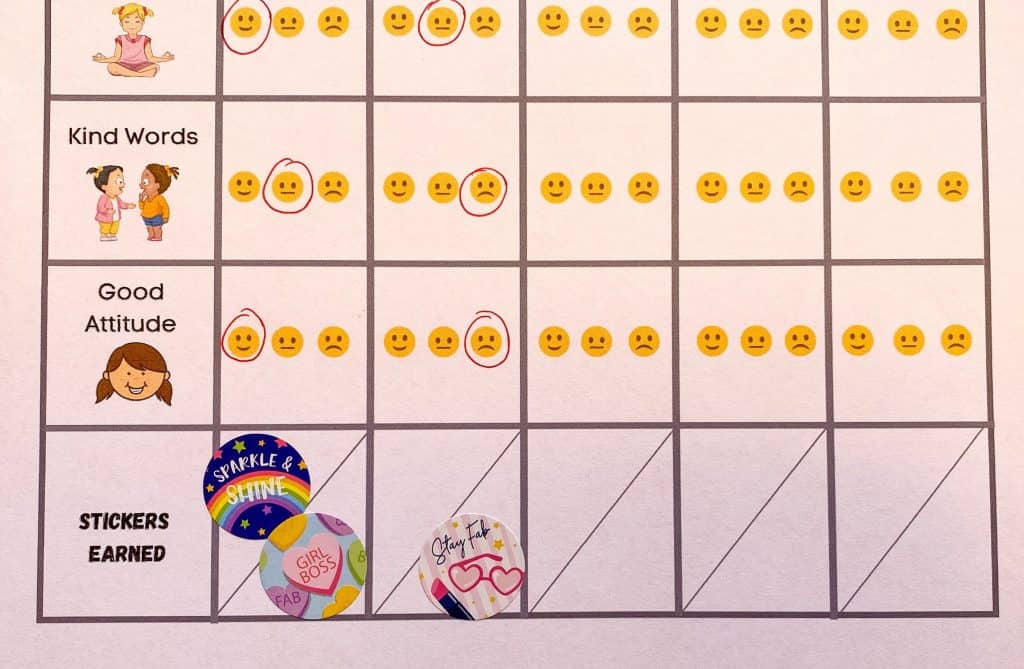
Sometimes early in the week, it might be obvious that your child isn’t going to earn the weekly reward. In this case, hopefully, the daily reward is incentive enough to try to keep behaving. We don’t want to constantly bring up what the child is missing out on. Shaming is not what we are after! If the daily reward is not providing enough motivation it might be time to try a different daily reward.
Other Information
I would highly recommend communicating with other family members about this behavior reward chart to further motivate the student.
For example, at dinner, my husband can ask our daughter how many stickers she earned that day. He might even ask why she thinks she earned 0, 1, or 2 stickers. If grandma calls sometime during the week she could ask the preschooler what weekly reward she is trying to earn this week and offer encouragement.
FREE Behavior Reward Chart and Coupons
You can choose to directly print the chart I created or to customize the behavior chart (This link should take you to a customizable template in Canva – you may need to create an account if you don’t already have one.).
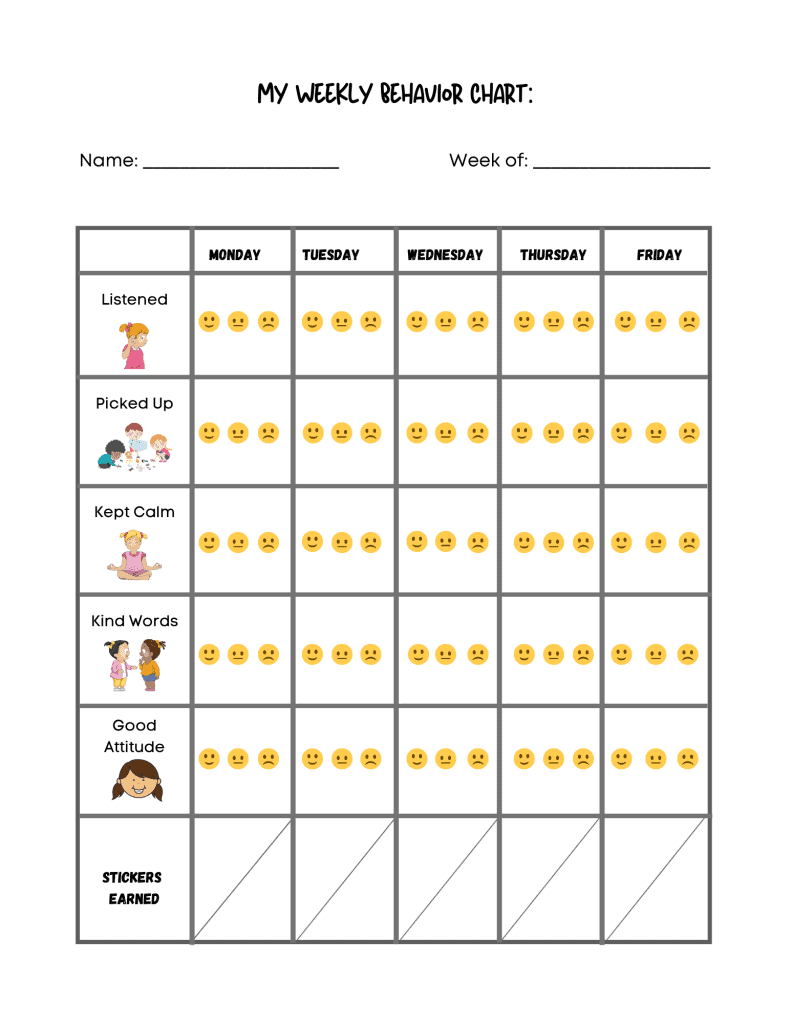
Here are the original rewards coupons I developed or you can customize your own.
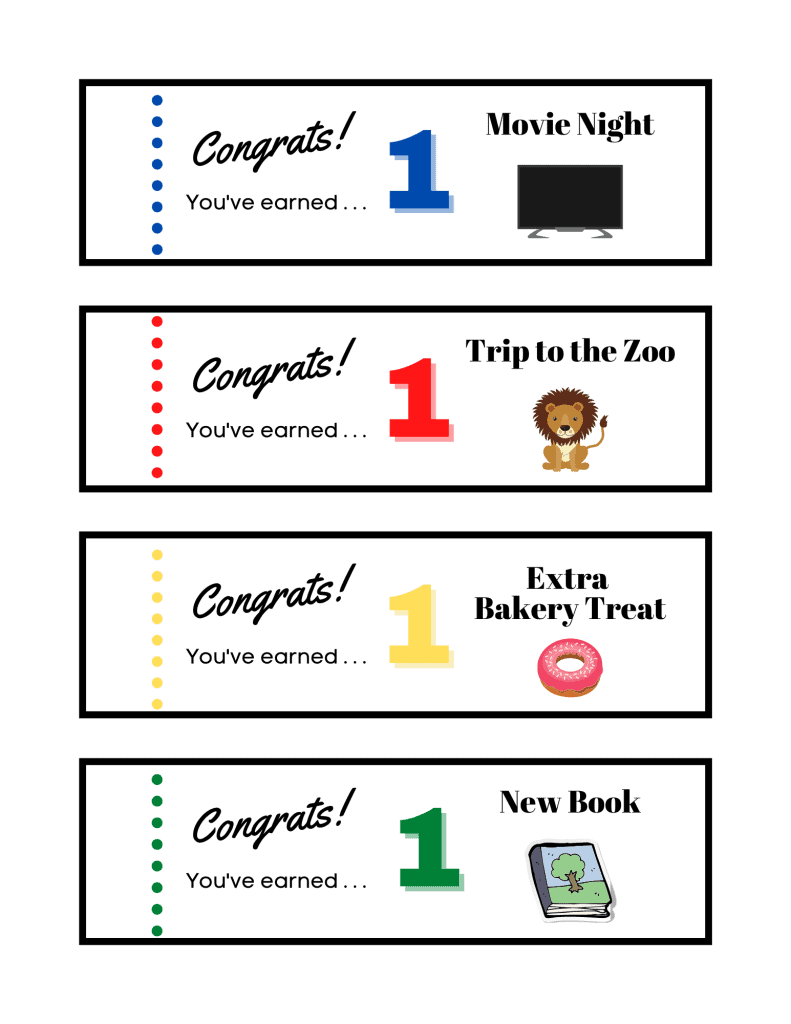
I hope this resource on a preschool behavior reward chart has helped you. Even if it is just a jumping-off point for you to create your own system. Remember, if something isn’t working change it up or try something new!
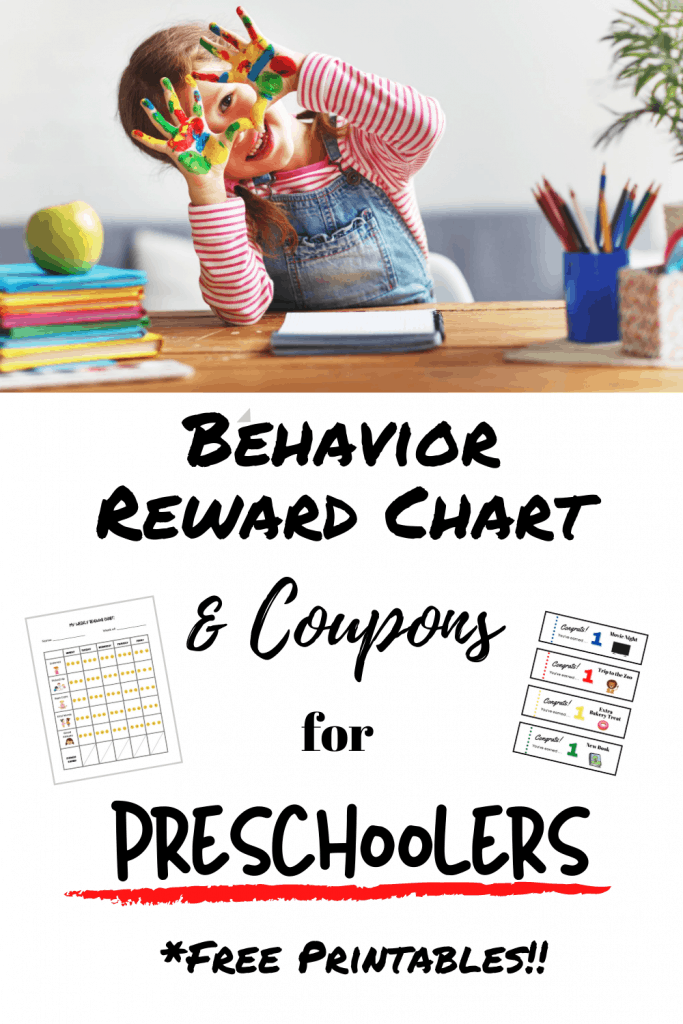

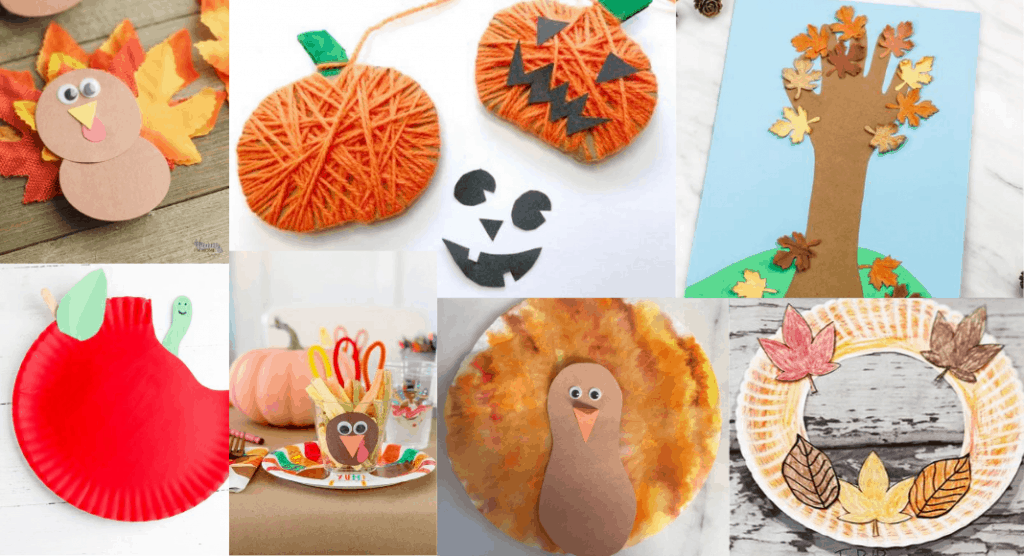



Dottie | 28th Feb 24
I love this idea. I was able to download the behavior chart. I would like to download the one that can be customized, but when I try it says theres an error.
Mehgan | 1st Mar 24
Thank you for letting me know certain links weren’t working. Canva (the website I use to design documents) sometimes switches up how we share templates with others. I think I was able to fix the links so now you should be able to customize them in Canva if you choose to do so.